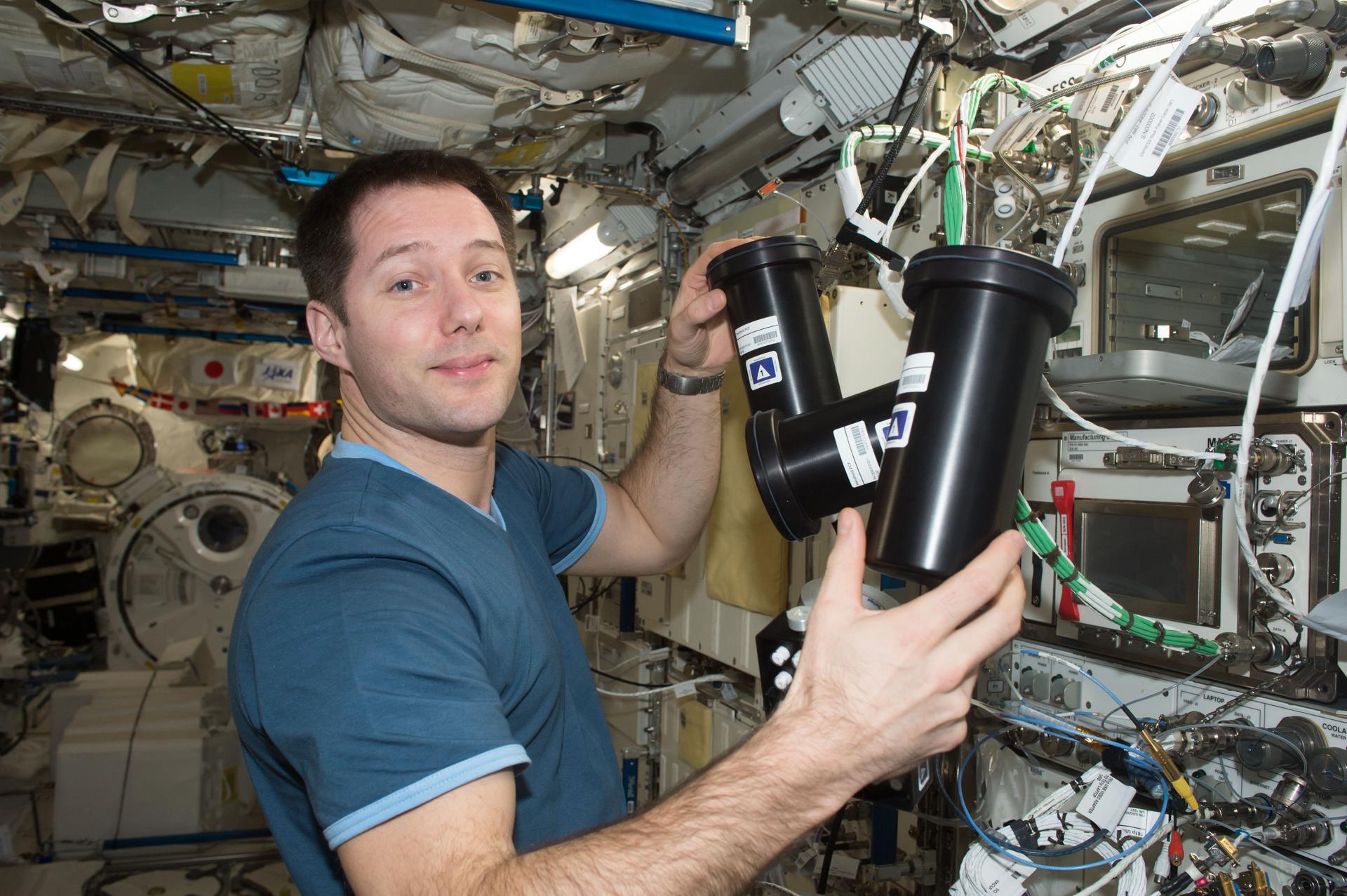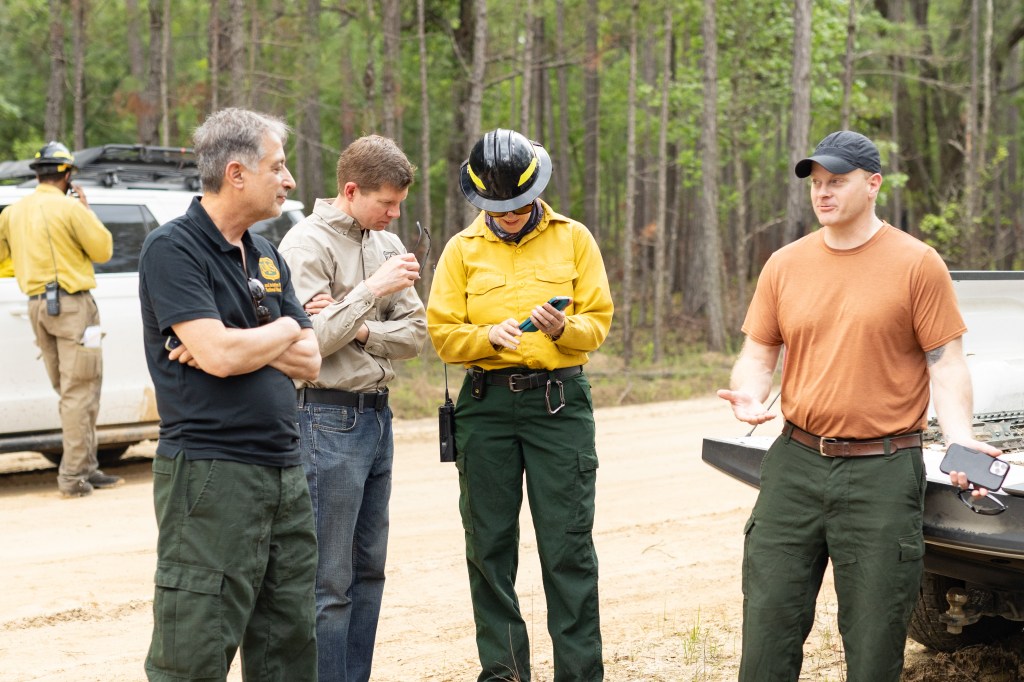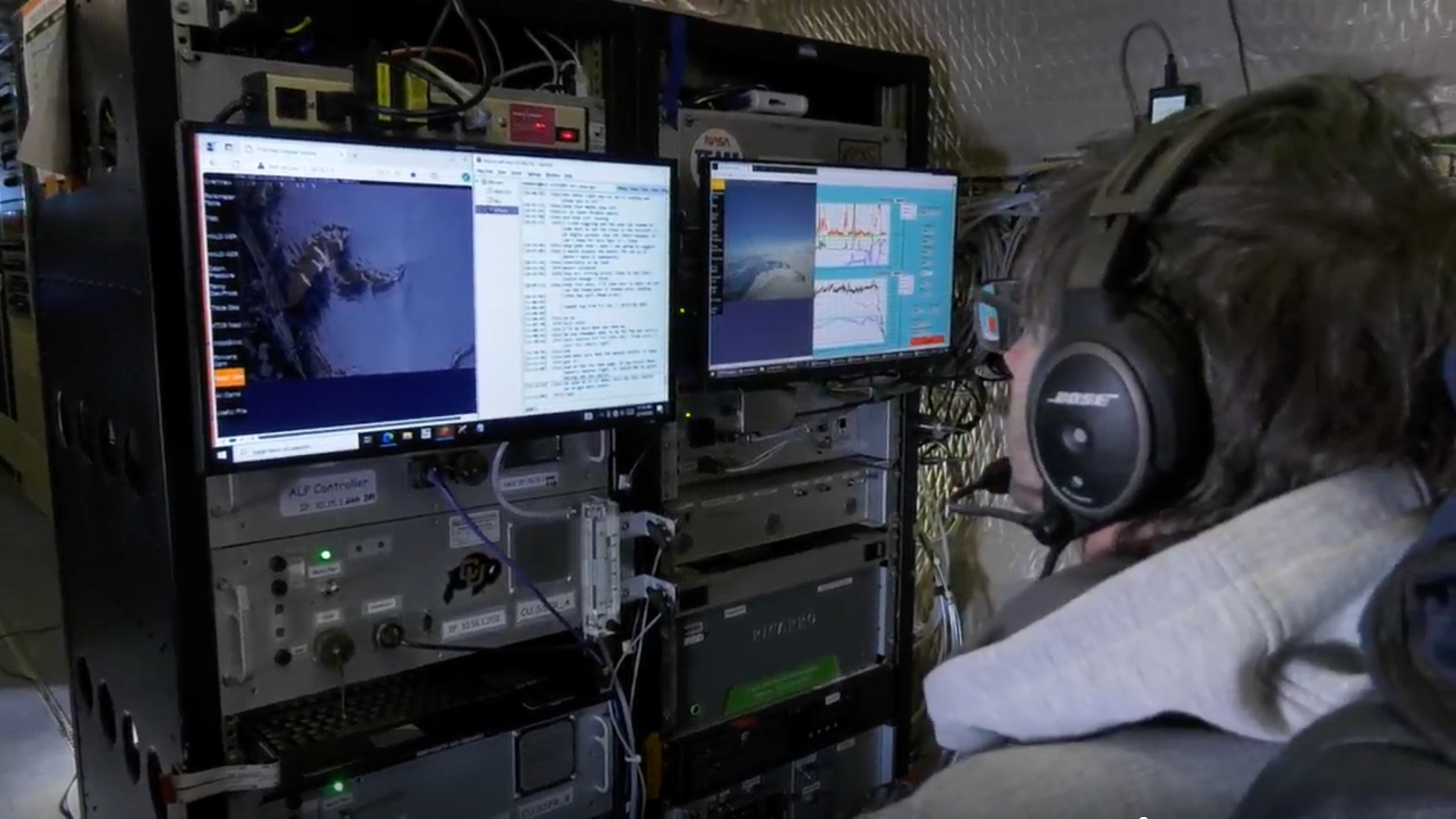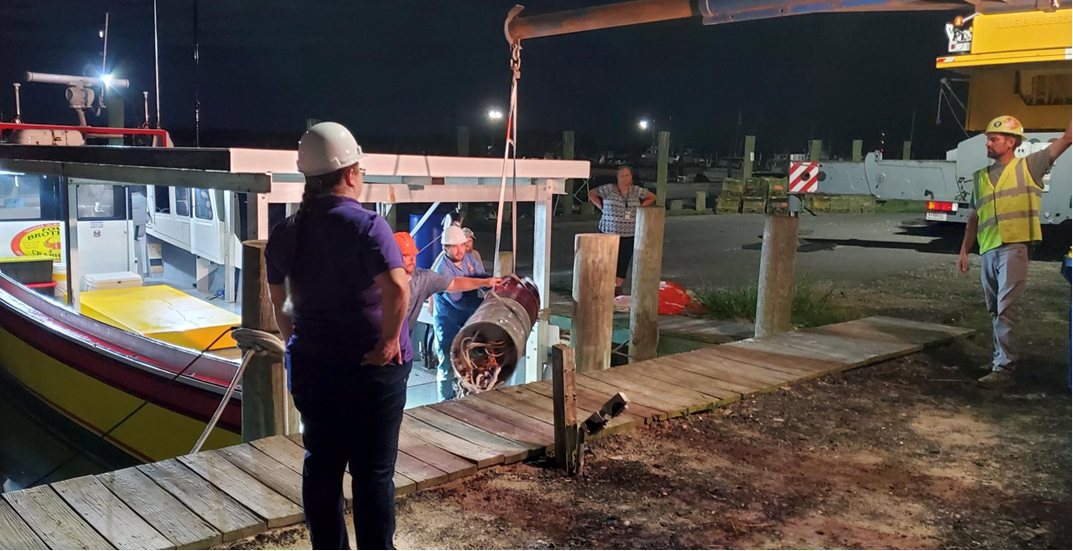What is Ground Safety?
A closer look at what Ground Safety encompasses:
The Ground Safety Team at Wallops has oversight and authority over all operations that are conducted at Wallops Flight Facility, to ensure that NASA, OSHA, CFR, and other regulatory requirements are being met. The Team consists of Subject Matter Experts (SMEs) in all the Safety Programs, including Explosive Safety, Pressure Vessels Management, Lifting Devices & Equipment, Occupational Safety, Health Physics, Industrial Hygiene, Facility Safety, Fire Protection/Life Safety, Electrical Safety, and Mishap Program Management.
In addition to SMEs, Ground Safety Analysts (GSAs) are trained to evaluate and oversee hazardous operations involving the previously listed hazards that are present during storage, handling, prelaunch, launch, and recovery/abort operations. The implementation of NASA, OSHA, CFR, and other regulatory requirements through the expert team, ensure the safety of personnel, property, and continuity of operations.
Typical Ground Safety Operations ** ask if these are the correct items **
– Hazardous Materials Management: Handling, storage, and disposal protocols for dangerous substances
– Facility Safety Inspections: Regular assessments of buildings, test stands, and integration facilities
– Equipment Certification: Verifying tools and machinery meet safety standards before use
– PPE Requirements: Defining and enforcing personal protective equipment standards
– Safety Training Programs: Developing procedures for emergency scenarios






























